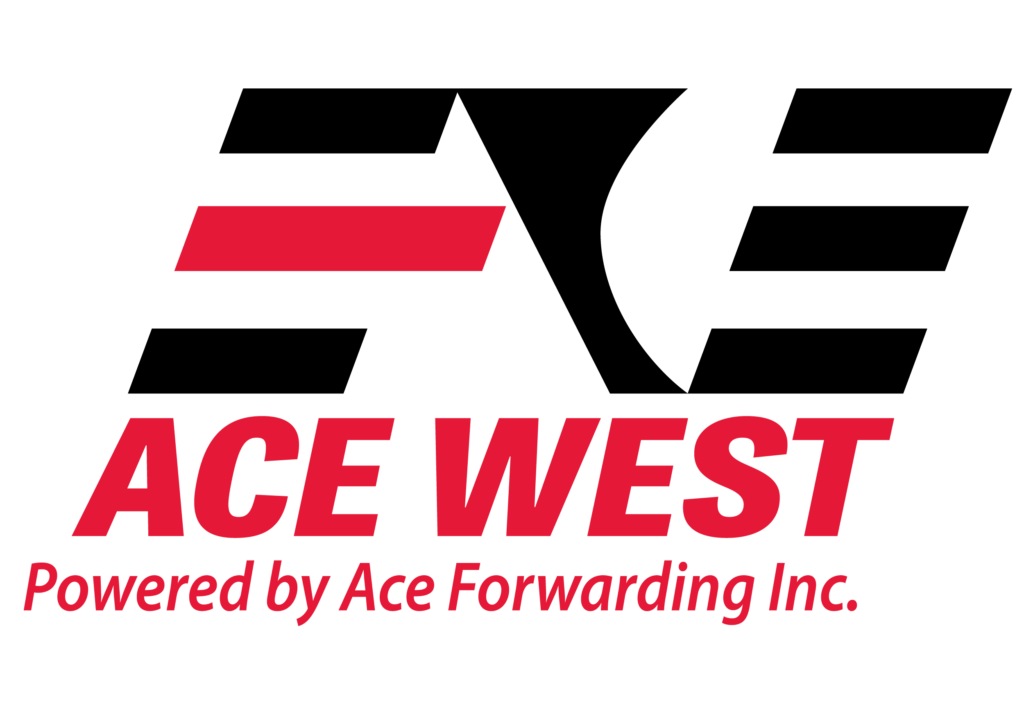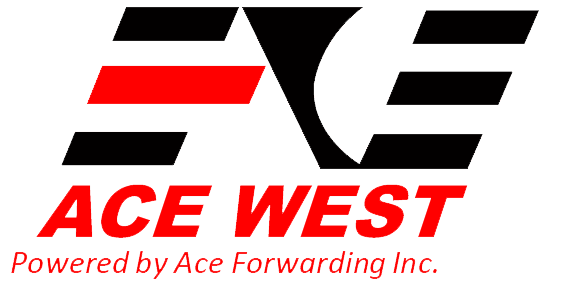With 2025 almost here, Alaska’s freight sector is getting ready for important changes. Strong transportation networks are needed in the state because it is very large, has few people, and requires reliable logistics. Although roads, ships, and planes have been major in shipping goods to Alaska for years, trains are gaining importance. People are talking more and more about new opportunities for freight shipping to Alaska, with growing attention to joint partnerships, the latest technologies and shifts in the economy.
More Attention Now Being Given to Infrastructure
Freight rail infrastructure improvement is one of the main shifts affecting Alaska’s rail service. The ARRC has regularly worked on improving its tracks, safety measures, and access to terminals to cope with the growing weight of goods being shipped and more reliable schedules. The ARRC is getting more federal funding for infrastructure due to the bipartisan legislation, which helps them build and develop new services.
It is expected that by 2025, main rail lines will be able to cope with storms in Alaska and the effects from permafrost. If tracks and sensors are improved, the rail system will see more efficient planning, less wait time, and more freight movement. This change will greatly affect the entire logistics chain, mainly helping remote areas and industrial sites that use timely delivery of freight.
Integration With Intermodal Freight Networks
Freight rail alone can’t serve every corner of Alaska. That’s why intermodal integration is a major focus moving forward. More freight routes are now being designed to link seamlessly with trucks, ports, and air freight Alaska services. This creates smoother handoffs and faster delivery timelines—essential in a state where distances are vast and access is often limited by terrain or seasonal changes.
Alaska’s transportation planners are working on streamlined intermodal hubs where freight can easily transfer from rail to air or road. These hubs reduce downtime and logistics costs, especially for cargo headed to interior regions. For businesses relying on freight shipping to Alaska, this networked approach opens up faster, more reliable shipping options.
Emerging Technology and Automation
Technology is already reshaping how freight moves across Alaska’s railways. Autonomous systems, predictive maintenance software, and satellite-based tracking are becoming more commonplace. These tools not only boost safety and efficiency but also help manage risk during unpredictable weather or terrain disruptions.
By 2025, AI-powered logistics platforms will play a central role in dispatching, route planning, and load balancing. This allows rail freight operators to reduce fuel use, cut emissions, and deliver goods with pinpoint accuracy. With tighter timelines and higher customer expectations, these upgrades are a must—not a luxury.
The evolution of Alaska’s rail freight also complements innovations in air freight Alaska. As drones and electric aircraft gain traction, a more integrated network between rail and air systems is forming. Time-sensitive cargo like medical supplies, seafood, or perishables can move from rail hubs to regional airports and arrive at destination points quickly and safely.
Environmental Sustainability as a Driving Force
Alaska’s ecosystems are fragile. The state is one of the first to experience the tangible effects of climate change. In response, there’s growing pressure on the freight industry to reduce emissions and develop greener transportation methods. Freight rail, already more fuel-efficient than trucks on a per-ton basis, stands to play a bigger role in Alaska’s sustainable logistics future.
Cleaner locomotives, hybrid engines, and low-emission terminals are part of the equation. In tandem, some shipping companies are offsetting emissions by investing in carbon capture or reforestation projects. Clients who prioritize environmental responsibility are pushing for greener options, and freight shipping to Alaska via rail is an increasingly viable solution.
As sustainable transport becomes a priority, rail freight offers both ecological and economic benefits. It enables bulk shipments with less fuel use per unit, especially in supply routes that previously depended on long-haul trucking or chartered flights.
Strategic Expansion and Economic Opportunities
Alaska’s resource industries—mining, oil, seafood—depend on efficient freight channels to thrive. As demand grows globally for minerals and energy materials, new rail expansions may connect untapped resource areas to port cities and air freight Alaska terminals.
Additionally, tourism, construction, and indigenous community initiatives are fueling freight demand in regions that were once considered inaccessible. Forward-looking plans include rail spurs or sidings in growing commercial zones, plus upgraded terminals that can load directly to aircraft or container ships.
With expanded rail capacity, freight shipping to Alaska becomes more predictable and cost-efficient for industries aiming to scale. And with more regular schedules and connections, even smaller businesses can benefit from the improved logistics ecosystem.
Collaboration with Air Freight and Logistics Partners
The synergy between rail and air freight will be vital moving forward. Rail can cover long distances across the mainland, while air freight ensures last-mile delivery to isolated villages, islands, or emergency situations. Many logistics firms are beginning to bundle services, combining freight shipping to Alaska by rail with rapid air freight Alaska delivery.
This collaboration not only saves time but also improves resilience during weather-related disruptions. If one mode faces a delay, the other can often pick up the slack. In the future, this kind of adaptability will be essential in Alaska’s challenging but opportunity-rich environment.
Community Impact and Indigenous Partnerships
No rail expansion or logistics strategy can ignore the communities that rely on these services. In Alaska, many freight routes pass near or through Indigenous lands. By 2025, freight rail operators are expected to deepen partnerships with local communities—offering economic benefits, job training, and input into route planning.
Transparent collaboration ensures that freight operations respect cultural and environmental priorities while contributing to shared prosperity. This human-centered approach to infrastructure is crucial in Alaska, where community and connectivity are deeply intertwined.
At Ace Air Freight, we understand that Alaska’s logistics future relies on strong, interconnected systems. Whether you’re moving bulk freight or urgent cargo, we specialize in seamless integration between rail, road, and air. Contact us today to discover how our air freight Alaska solutions can support your growing freight needs.

